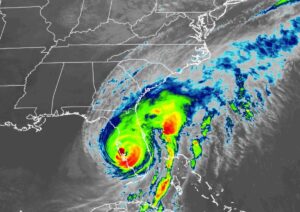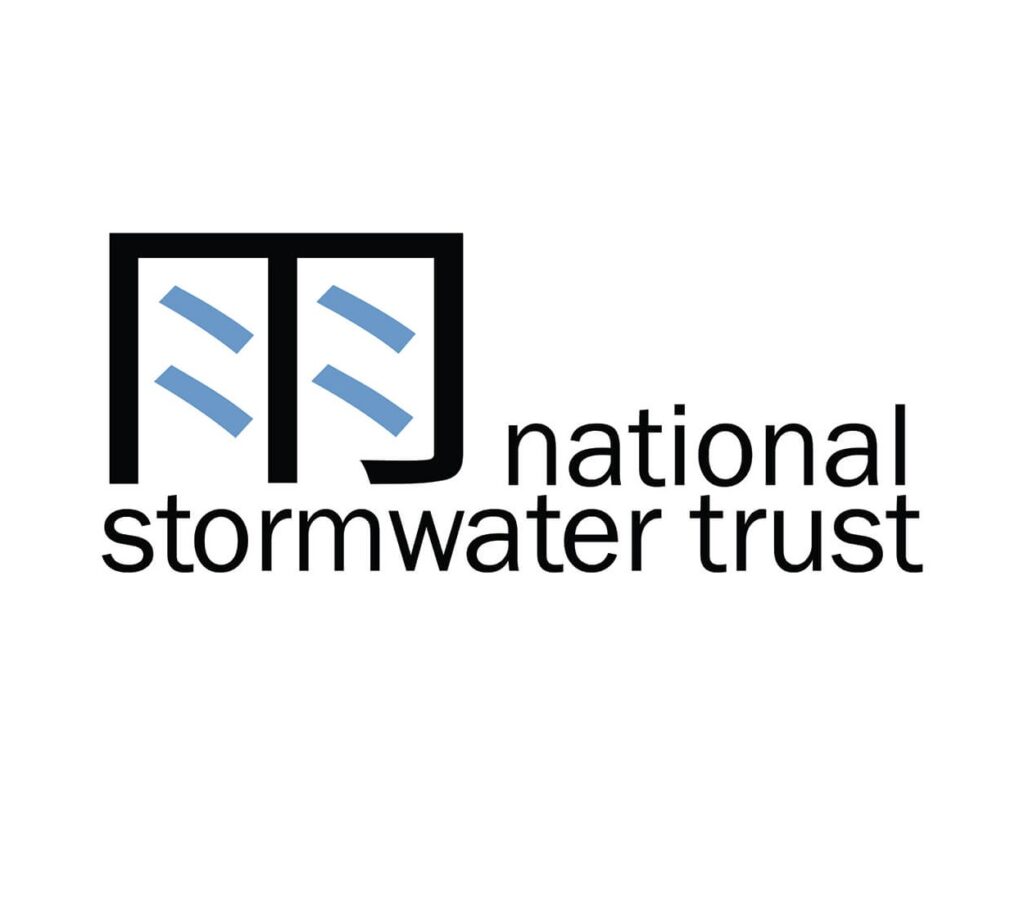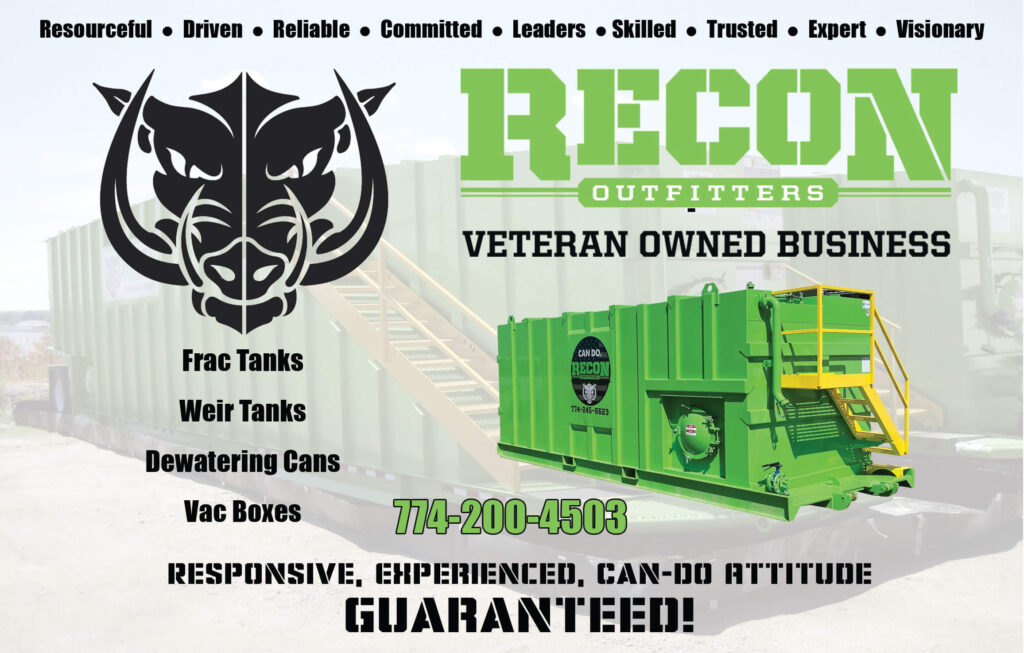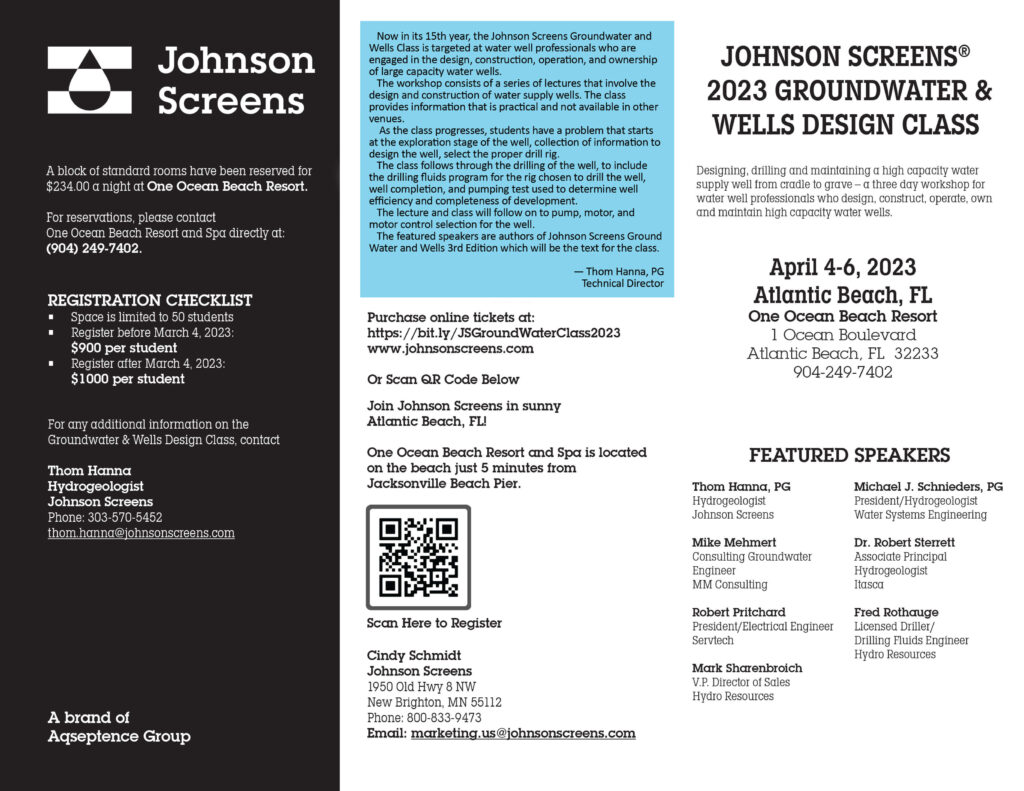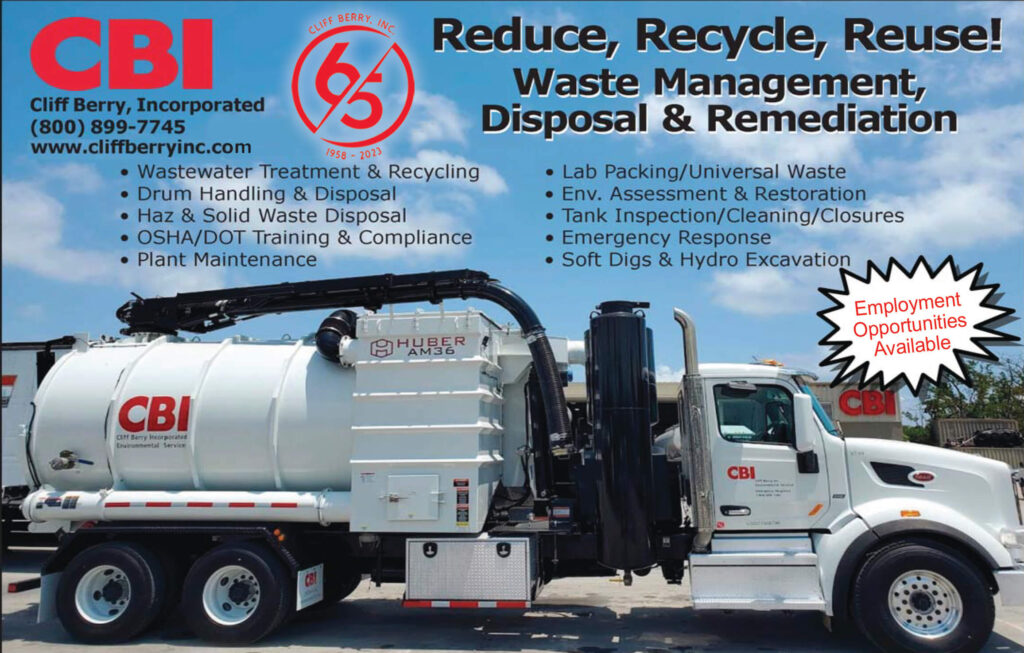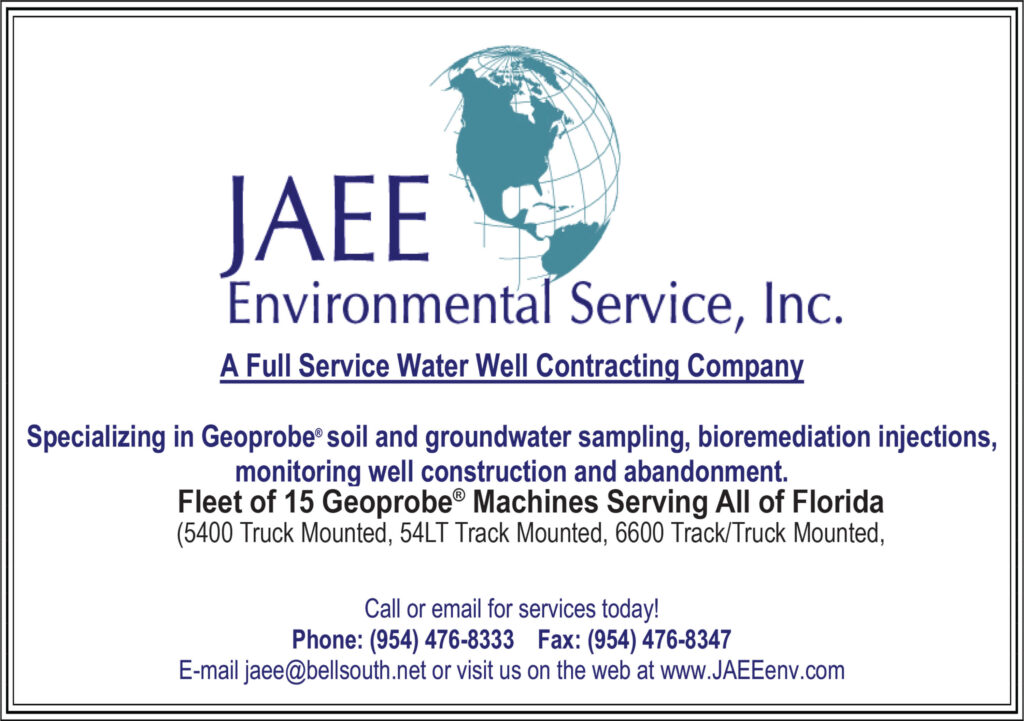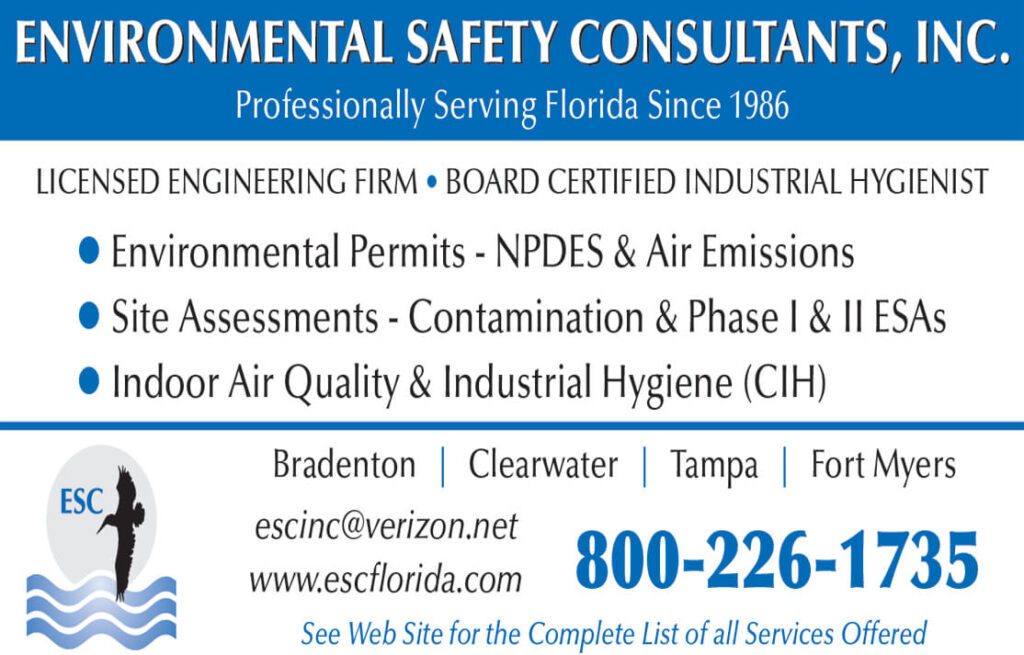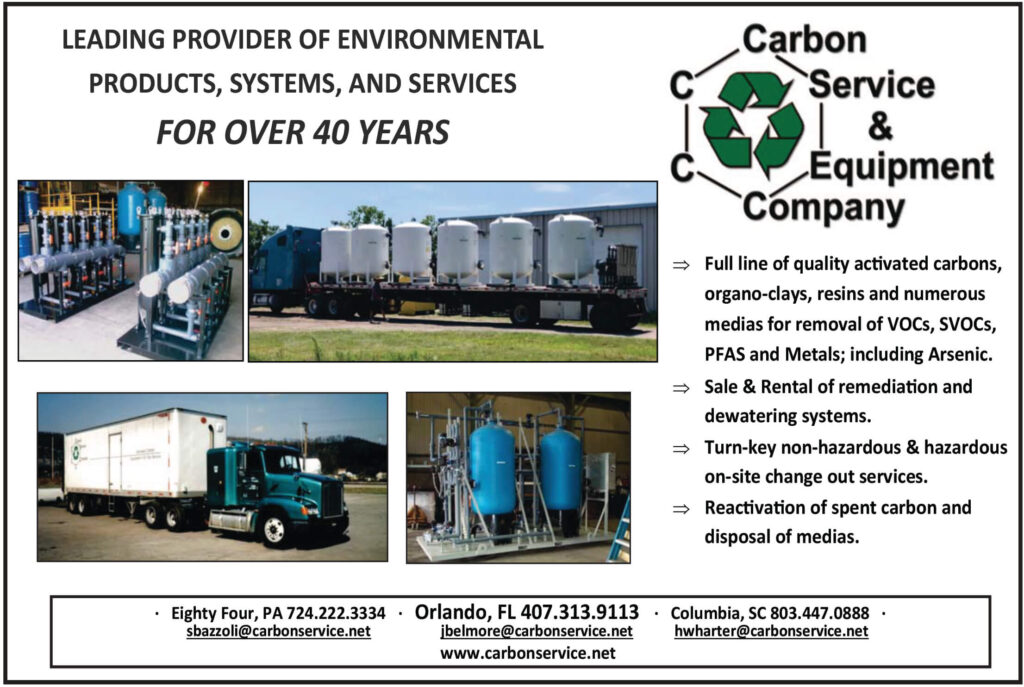By DAN JENKINS, Accident and Preventative Maintenance Specialist, Steel Camel
What lessons can Fuel Tank Owners, Regulators, and Contractors learn from Hurricane Ian with regards to Water Damage?
The Florida DEP is tasked with preventing fuel releases into ground water so Floridians, tourists, and all forms of flora and fauna can enjoy without harm.
With roughly 25,000 underground fuel storage tanks (USTs) and another 8,000 above-ground storage tanks this no easy task for DEP regulators and owners alike.
Adding to this already stressed environment is the fact that today’s modern fuels are much more destructive to components, containers, and tank walls. If there’s any question, open a few sump lids and look at any metal component and you’ll see the effects of today’s ‘harsh’ fuels.
Now, take this existing status quo and add a Cat IV Hurricane barreling through the state dumping metric tons of water and wreaking havoc.
A closer look reveals why water and moisture are so problematic to fuel storage tanks and potential lessons which can be used to prevent releases.
Water, if left unattended in fuel tanks, will increase acid levels and create more corrosion and damage. This damage is not only to the tank walls, but to important components such as shear valves and automatic tank gauges (ATGs).
Recent inquiries of excessive levels of water intrusion in USTs found by the Florida Department of Agriculture and Consumer Services revealed that more than 60 sites showed excess water within 30 days after Ian. So, if water can get into a storage tank, that means fuel(s) also can get out.
Not all ATGs are accurate when it comes to water content. Another report from Florida Department of Agriculture and Consumer Services prior to Ian showed roughly 3% of all USTs tested showed the presence of excess water.
However, the lab director stated that most UST owners showed or commented that their ATGs indicated no excess water.
Why?
Most ATGs work on a float system which detects and alerts tank owners when water forms on the bottom of the tank.
However, with modern fuels, both diesel and ethanol-blends, water does not always sink to the bottom, rather it stays suspended; in such a scenario, the ATG does not always recognize the water. So, it’s always advisable for tank owners to occasionally take their own fuel sample directly from the nozzle to check for water and clarity.
Water is abrasive and can wear down parts.
If you look at many river rocks, you will see they are round and smooth from millions of years of water wearing down the rough edges as it washes and surrounds them.
The water in fuel systems also is abrasive at is passes through piping, especially under pressure, for example. This wear coupled with corrosion can cause tears, perforations, and any other variety of holes.
Small corrosion problems turn into big corrosion problems when not addressed in a timely fashion.
Given Florida’s hot, humid, and rainy climate, many above-ground tank owners seek to protect their assets with paint. Paint has been around a long, long time and comes in many, many colors so it has been accepted by industry.
However, if surfaces are not properly prepped, moisture can get trapped under the paint and can lead to corrosion, which may not be readily detected.
Trapped moisture often occurs when the paint is applied over fasteners and hardware. The expansion and contraction of painted metal parts, coupled with the corrosion, can leave areas for water intrusion into the tank.
So, for tank owners and regulators assessing tank conditions after Hurricane Ian or Hurricane Nicole, look for areas where paint has chipped, cracked, and/or peeled and consider alternatives.
There is no question Hurricane Ian and Hurricane Nicole were destructive to fuel tanks, and there is no question Florida will experience another major hurricane with similar consequences.
Big water is an obvious potential hazard to tanks; my goal is for stakeholders to realize that ‘little’ water can also be, and often is more commonly, the real culprit when it comes to rendering USTs ineffective.
Now is the time to access and assess your tanks to identify areas where water can intrude and remediate any/all potential trouble spots.●







